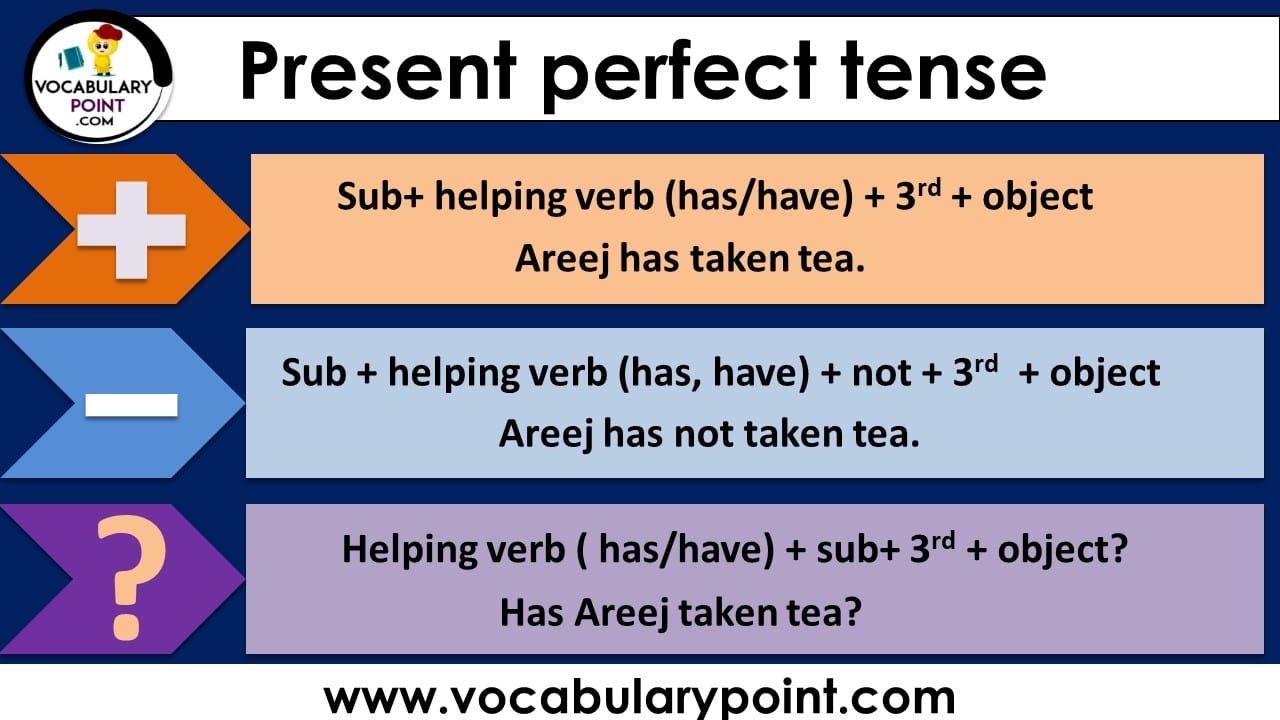The perfect present tense is a grammatical structure used in English to describe actions that are completed at the current moment or actions that have a direct impact on the present. It is formed by combining the auxiliary verb ‘have’ with the past participle of the main verb.
For example, in the sentence “I have finished my homework,” the auxiliary verb ‘have’ is used in the present tense, while the past participle ‘finished’ indicates that the action of completing the homework has already been done.
What is a Perfect Present Tense
The perfect present tense is commonly used to talk about experiences, accomplishments, and ongoing actions that have started in the past and are still relevant in the present. It is a versatile tense that can convey a sense of immediacy and completion.
In addition to describing completed actions, the perfect present tense can also be used to express general truths, habits, and repeated actions. For example, “I have visited Paris three times” indicates a past experience that is still relevant in the present.
Furthermore, the perfect present tense is often used in combination with time expressions such as ‘just,’ ‘already,’ ‘yet,’ and ‘still’ to indicate the relationship between the past and the present. For instance, “She has already left for the airport” conveys that the action of leaving has occurred before the current moment.
It is important to note that the perfect present tense should not be confused with the simple present tense, which is used to describe habitual actions, general truths, and scheduled events. The perfect present tense is specifically used to emphasize the completion of actions that have a direct relevance to the present moment.
In conclusion, the perfect present tense is a valuable tool in English grammar for expressing completed actions and ongoing relevance in the present. By understanding how to form and use this tense correctly, speakers can effectively convey a sense of immediacy, completion, and continuity in their communication.
